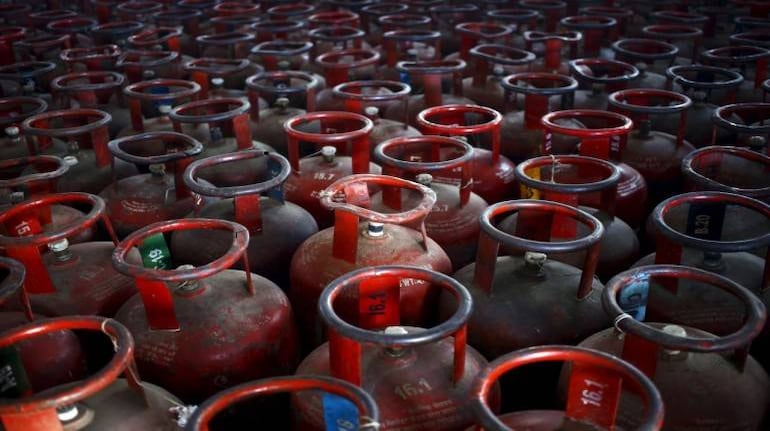



The government on April 6 approved a new set of guidelines for fixing domestic natural gas prices. Here is all you need to know about the new pricing mechanism, its rationale, and whether it will cut down your fuel bill.
What’s new?Domestic gas pricing will now be linked to imported crude prices, fixed at 10 percent of the monthly average of the Indian crude basket. The pricing will have a floor of $4 per MMBTU (metric million British thermal unit) and a ceiling of $6.5 per MMBTU. In simpler words, irrespective of the lows and highs of crude oil prices, domestic natural gas prices will not fall below $4 or rise above $6.5 for the next two years. The intention is to shield domestic natural gas producers and consumers from any extreme volatility in international prices.
Also Read Cabinet approves new mechanism to fix pricing for domestic natural gas
Out with the oldIn the current (or now old) mechanism, gas prices are based on the volume-weighted prices prevailing at four gas trading hubs — Henry Hub, Albena, National Balancing Point (UK), and Russia, for a period of 12 months and with a time lag of a quarter (i.e., prices from the fifteenth to the fourth month). But hereon, prices will be directly linked to the Indian crude oil basket. Further, domestic natural gas prices will now be revised every month, instead of twice a year earlier.
Why link to crude?The changes are based on the Kirit Parikh committee recommendations, which was formed to liberalise natural gas pricing in India.
In a statement on April 7, the Press Information Bureau (PIB) said that as the earlier guidelines were based on prices at four gas hubs, there was a significant time lag and very high volatility, hence the need was felt for this rationalisation and reform.
Linkage to crude, a practice followed in most industry contracts, would be more relevant to India’s consumption basket, and it has deeper liquidity in global trading markets on a real-time basis, said the statement.
When will this come into effect?A notification for the new gas price mechanism is expected on April 7, post which the new prices are likely to come into force. As of April, domestic natural gas prices per the old pricing mechanism was $8.57 per mmbtu, higher than the ceiling under the new formula. An immediate cut in domestic natural gas prices can be expected.
In the immediate term, piped natural gas (PNG) and compressed natural gas (CNG) consumers can expect a price cut of 10 percent, if full relief is passed on to end-customers. Consumers can expect prices to remain range-bound for the next two years as the ceiling and floor is effective for that time. Long-term impact of the new guidelines will depend on multiple factors, including oil price volatility and timeline for full deregulation, without any floor or ceiling price.
Also Read Kirit Parikh panel recommendations: PNG, CNG customers can expect 10% cut in prices
 MC ExplainsWhat to look for in the fine print?
MC ExplainsWhat to look for in the fine print?The Kirit Parikh Committee had recommended full liberalisation of domestic natural gas prices by the year 2027. More clarity is awaited on whether the timeline would be adhered to. For now, the floor and ceiling of the gas prices are expected to be revised by 25 cent annually post completion of two years starting April. More clarity is needed on when the floor and ceiling will cease to exist.
Discover the latest Business News, Sensex, and Nifty updates. Obtain Personal Finance insights, tax queries, and expert opinions on Moneycontrol or download the Moneycontrol App to stay updated!
Find the best of Al News in one place, specially curated for you every weekend.
Stay on top of the latest tech trends and biggest startup news.